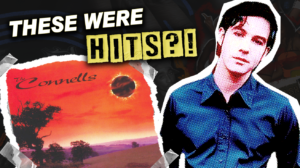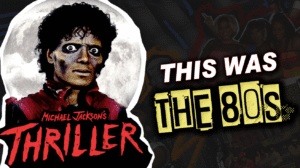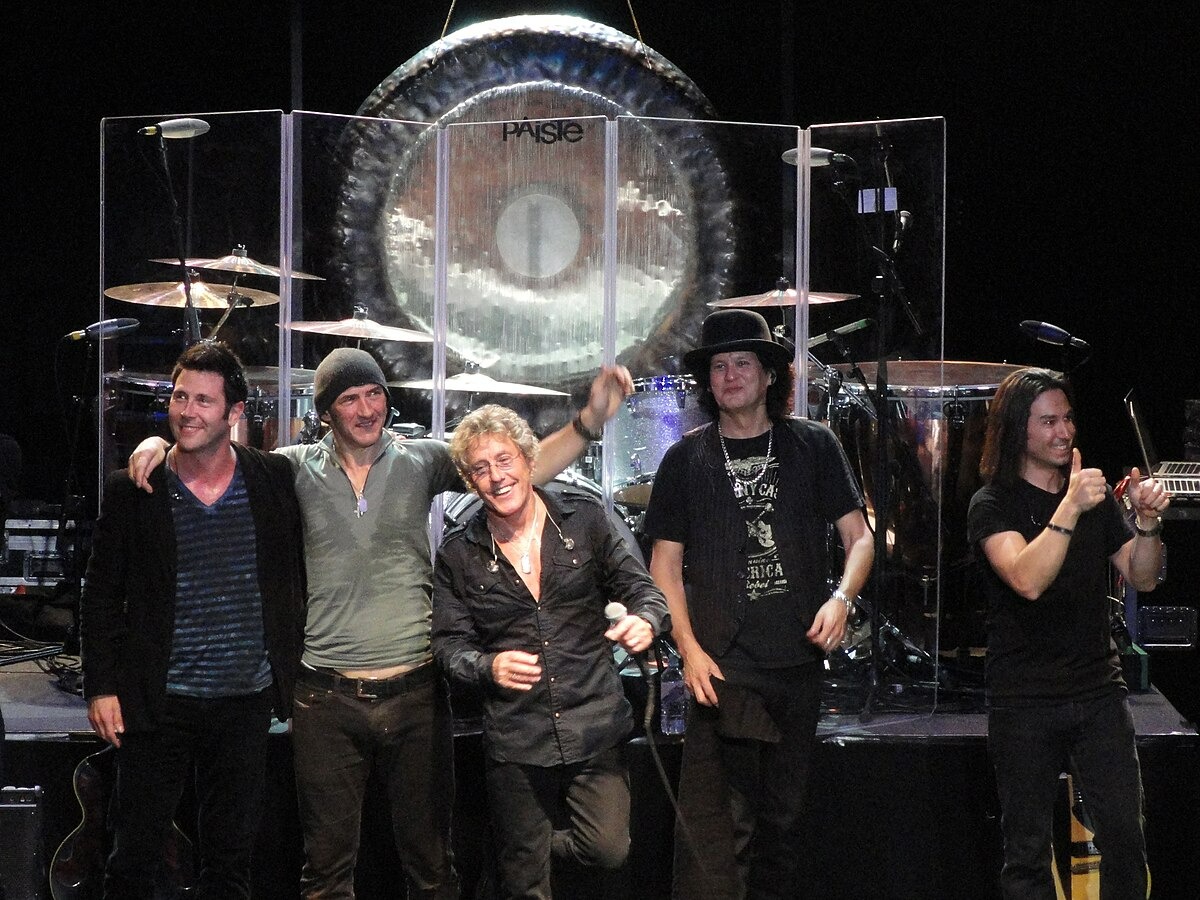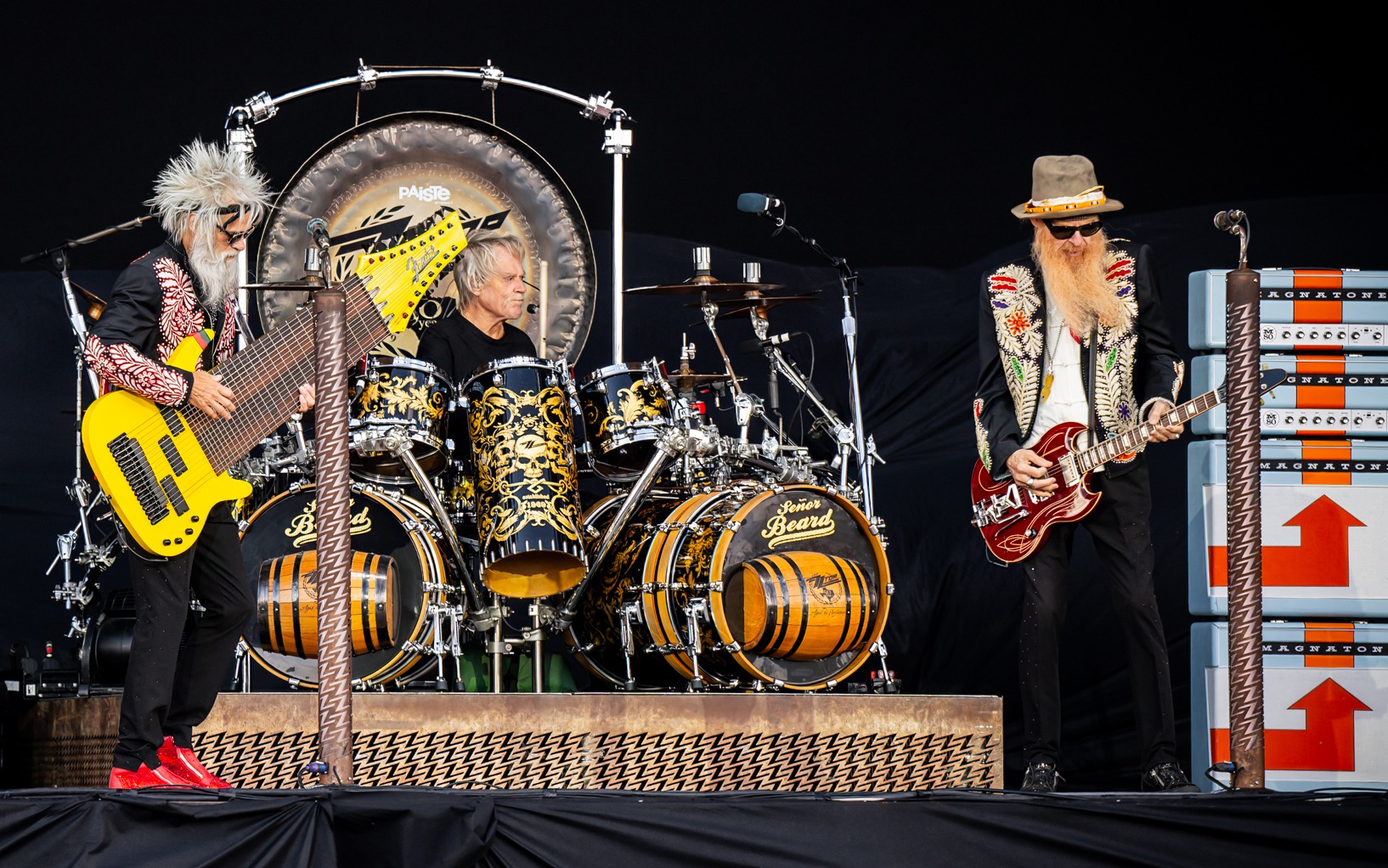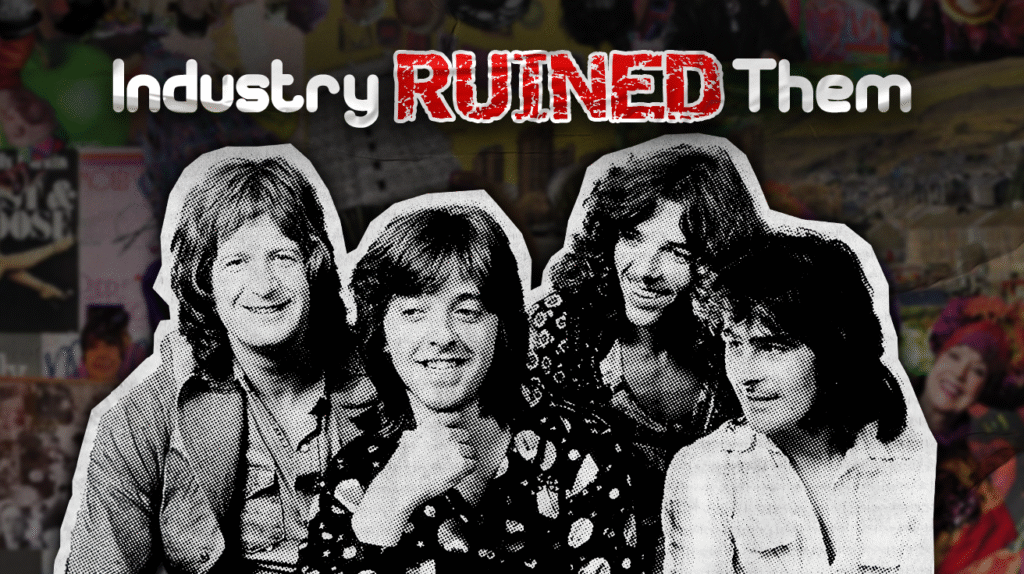
The seventies music scene was like an archaeological dig where only the biggest fossils made it to the museum. While radio canonized Led Zeppelin and Pink Floyd, dozens of brilliant bands created the blueprints that shaped everything from metal to punk to power pop. These groups burned through the decade like shooting stars—brilliant, brief, and largely unremembered by casual fans. Yet their DNA runs through every riff your favorite modern bands play. Time to excavate the real innovators buried under decades of industry politics and terrible timing.
7. The Runaways

Five teenage girls from Los Angeles delivered harder riffs than most grown men, proving rock wasn’t a boys’ club. “Cherry Bomb” exploded with three-chord fury and attitude that made seasoned musicians look tame. Joan Jett’s rhythm guitar chopped like a chainsaw while Lita Ford’s leads screamed with adolescent rage and surprising technical skill.
Internal conflicts and media sensationalism destroyed them before artistic maturity arrived. Japan embraced their rebellion while America remained skeptical about teenage girls playing aggressive soundscapes. Their turbulent journey planted seeds that bloomed into decades of female rock empowerment. For more on women in rock, see our women in rock history.
6. Joy Division

Ian Curtis’s baritone vocals floated over minimalist arrangements like a ghost narrating the apocalypse. “Love Will Tear Us Apart” combined disco rhythms with existential dread, while Martin Hannett’s production created cavernous spaces between instruments. Their sound was a sonic architecture of isolation—stark, beautiful, and utterly unique.
Curtis’s 1980 suicide ended everything just as recognition was building. The remaining members formed New Order, achieving commercial heights Joy Division never reached. Their volatile existence established the emotional blueprint for alternative rock’s next two decades. For a deeper dive, read our post-punk influence guide.
5. Television
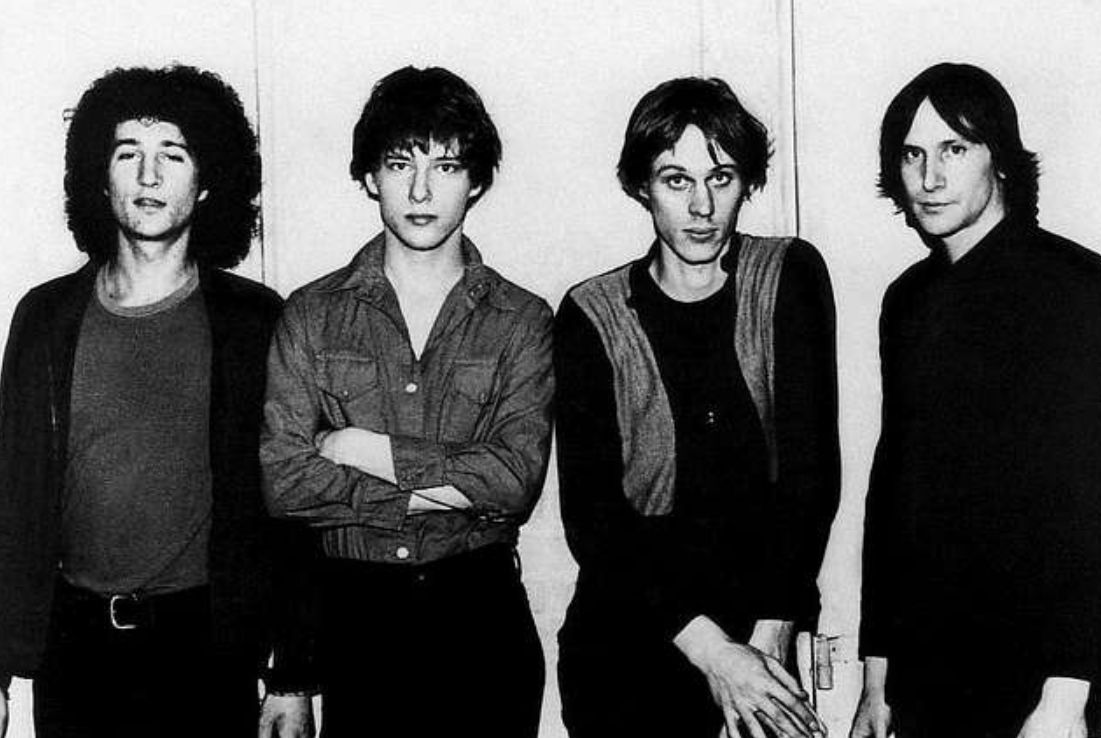
Tom Verlaine and Richard Lloyd’s intertwining guitar lines crafted ten-minute conversations that made three-chord punk sound like nursery rhymes. “Marquee Moon” showcased guitars that danced around each other like jazz soloists, building complex melodic structures over hypnotic rhythms. Their CBGB performances featured extended instrumental sections where notes hung in the air like suspended animation.
Commercial radio couldn’t handle their cerebral approach despite universal critical praise. Two albums later they dissolved, but every indie band with dual guitars owes them royalties. Art-punk died with them, then was reborn through their influence.
4. Derek and the Dominos

Eric Clapton’s anonymous supergroup forged “Layla”—six minutes of guitar conversation between Clapton and Duane Allman that defined blues-rock collaboration. Their twin guitars traded phrases like old friends finishing each other’s sentences, building emotional intensity through harmonic dialogue rather than volume. The piano coda floated like a peaceful resolution after the storm.
Addiction and heartbreak killed the project after one perfect album. Clapton’s heroin dependency and unrequited love for Pattie Boyd generated unstable conditions that ended before they could evolve. Lightning struck once, then never returned.
3. Montrose
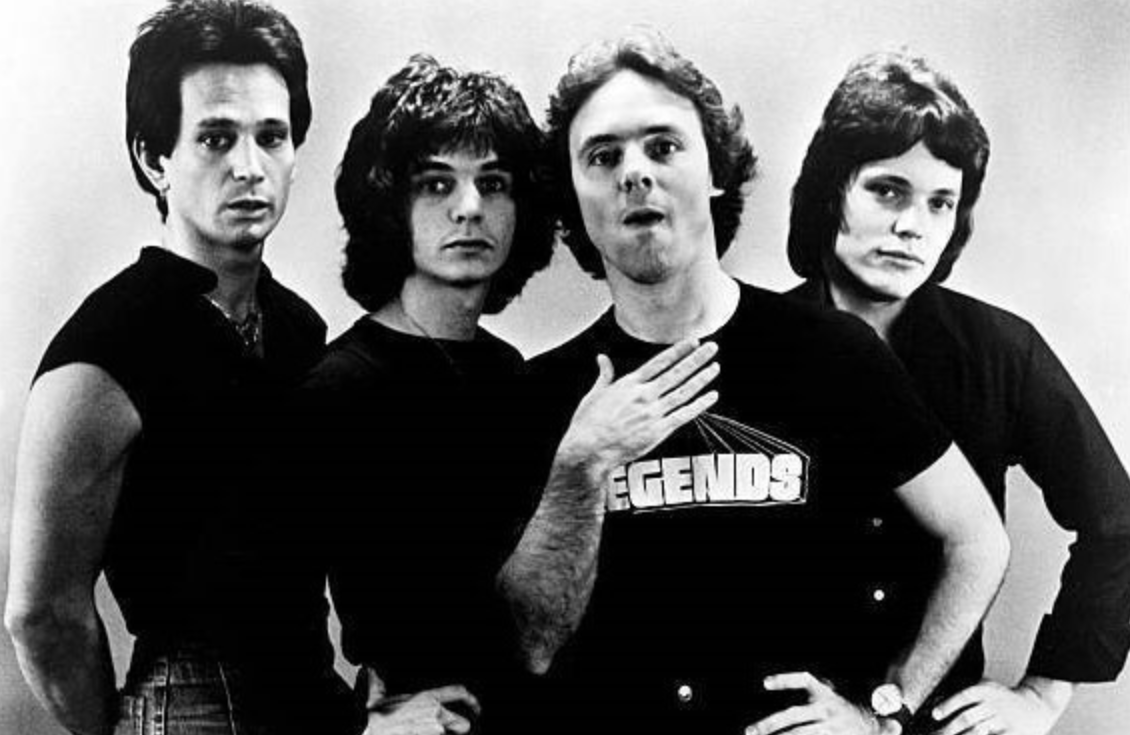
Sammy Hagar’s soaring vocals over Ronnie Montrose’s crushing guitar riffs birthed American metal before anyone knew what to call it. Their 1973 debut featured “Rock Candy”—a three-minute blueprint of arena-ready power with crystalline production that captured every harmonic detail. Ted Templeman’s recording made Hagar’s voice cut through Montrose’s wall of Marshall stacks like a laser through steel.
The band imploded faster than their platinum certification arrived thirteen years later. Creative warfare between Hagar and Montrose destroyed them just as hard rock was exploding nationwide. Van Halen constructed their empire on Montrose’s foundation.
2. Captain Beyond
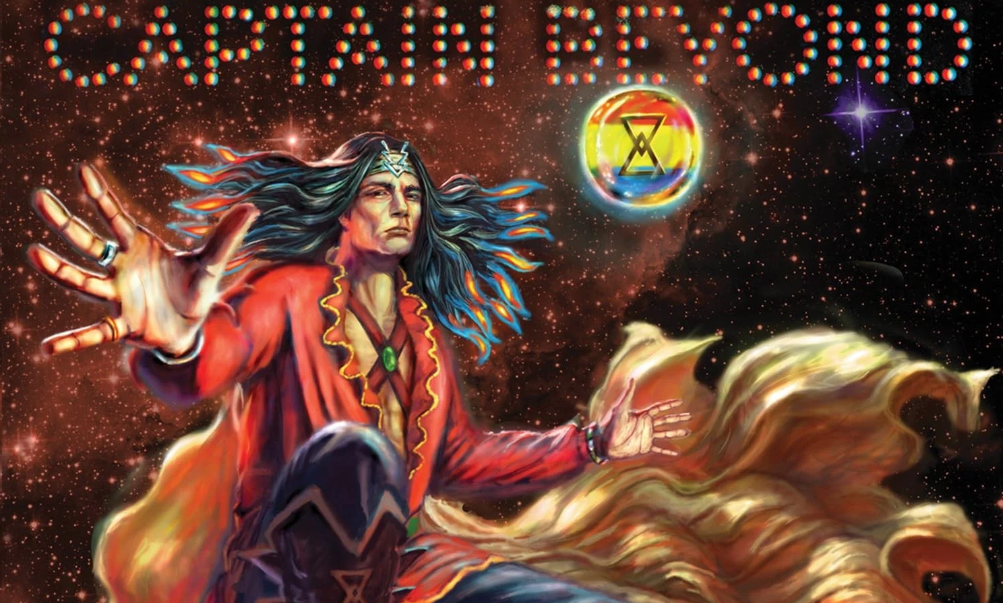
This supergroup’s cosmic progressive rock felt like Pink Floyd crashed into Black Sabbath and survived the impact. Their debut album flowed like one continuous space journey, with Bobby Caldwell’s jazz-influenced drumming providing the spacecraft’s heartbeat while Rod Evans’s vocals narrated the voyage. Compositions segued seamlessly, constructing suite-like experiences that anticipated prog-metal by decades.
Lineup changes obliterated their cosmic chemistry after critical success failed to translate commercially. Limited promotion kept them underground despite sonic innovation that influenced progressive metal bands who discovered them years later. Sometimes being ahead of your time means being forgotten by your own time. Explore more on prog-rock’s legacy in our prog rock pioneers feature.
1. Badfinger
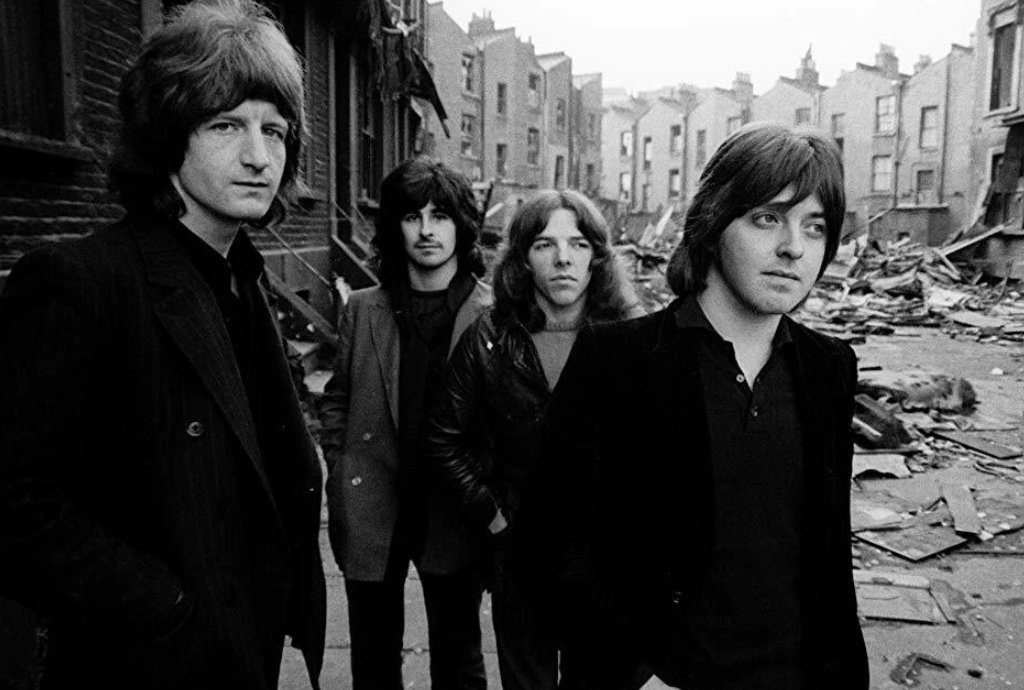
These Welsh songwriters constructed power pop perfection with Beatles-blessed melodies and harmonies that influenced everyone from Cheap Trick to Oasis. “Baby Blue” featured ringing guitars and vocal arrangements that sounded expensive despite their modest recording budget. Paul McCartney personally composed “Come and Get It” for them, recognizing kindred melodic spirits.
Financial vultures destroyed careers faster than radio could break their singles. Apple Records’ collapse and predatory management deals generated legal nightmares that ended in tragedy. Pete Ham and Tom Evans both committed suicide, making their unrealized potential rock’s most heartbreaking what-if story. For more on power pop’s legacy, check our power pop essentials.




